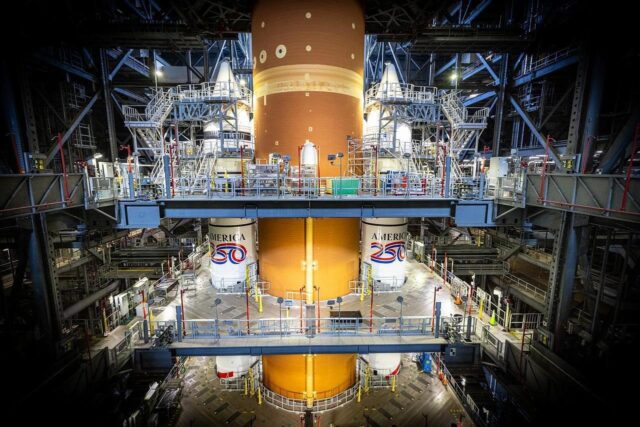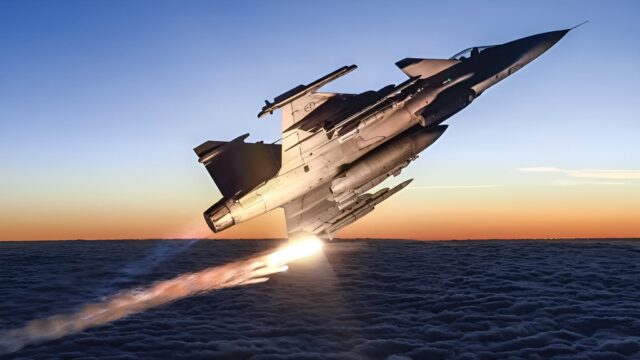Boeing to end production of 2 commercial aircraft and 1 fighter jet in 2027

November 9, 2025

It seems that 2027 will be the year that not one, not two, but three Boeing aircraft go out of production. In that year, Boeing is expected to wrap up deliveries of its Boeing 767-300F freighter, its Boeing 777F, and the Boeing F/A-18 Super Hornet.
Get all the latest commercial aviation news on AGN here.
F/A-18 Super Hornet set to conclude in 2027
Boeing has previously stated Super Hornet production would conclude in 2025 if it didn’t receive any more orders. In March 2024, the US Navy placed what is expected to be the final order for 17 Super Hornet carrier-based fighter jets. This was enough to keep production going until 2027.

The Navy didn’t want to order these Super Hornets, but out of various concerns (including industrial concerns), Congress allocated the money for these jets anyway.
The US Navy is now focused on purchasing the much more capable F-35C Lightning II while also developing the sixth-generation F/A-XX fighter jet to eventually replace the Super Hornet. The Marine Corps did not order the Super Hornet to replace their Hornets and Harriers and is exclusively purchasing the F-35B and F-35C.
Internationally, the Super Hornet only attracted modest export orders from countries like Australia and Kuwait. Australia purchased them as a stopgap due to delays with the F-35A. No new export orders are expected. Hornet operating countries are moving onto more capable aircraft like the F-35A (e.g., Finland) and Eurofighter or FCAS (e.g., Spain).
The mighty 300th reports for duty! #Boeing delivered the 300th F/A-18 #SuperHornet from the St. Louis production line to join the @USNavy's Strike Fighter Squadron 143 (VFA-143) at @NAS_Oceana. #F18 pic.twitter.com/xiNJecxAQQ
— Boeing Defense (@BoeingDefense) March 5, 2018
Once Boeing delivers the remaining US Navy Super Hornets (expected spring 2027), the production line will wind up. Boeing delivered 12 Super Hornets in the first nine months of 2025.
End of the civil Boeing 767 airliner
The final passenger Boeing 767-300ER was delivered in 2014, as the aircraft was superseded by the much longer-ranged and much more efficient Boeing 787 Dreamliner starting in 2011.
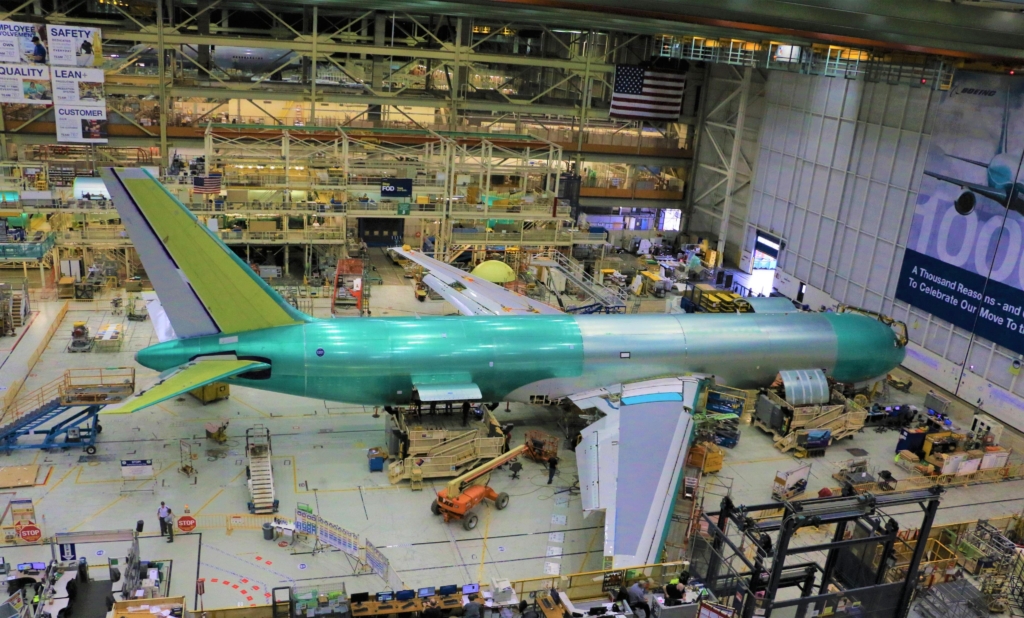
However, Boeing did not make a freighter variant of the Boeing 787. The 767 remained popular as a freighter, partly thanks to its reliable and easy-to-maintain CF6 engines. Passenger airlines and cargo airlines operate in different environments, with fuel efficiency a much more pressing concern for passenger airlines than for cargo airlines.
Cargo airlines have continued to order the 767 freighter, with eight more ordered in 2024, although these are likely the final orders.
New ICAO regulations are set to enter force at the end of 2027, and the 767-300F will no longer be compliant. Starting on 1st January 2028, the aircraft will no longer be able to be produced and sold as a new aircraft without significant modifications. Boeing will end production in 2027.
The FAA has granted the aircraft an exemption until 2033, but the regulations remain in force internationally, meaning they would be limited to operating in the US. As Boeing hasn’t developed a 787 freighter, it has no direct replacement for the 767-300F.

In the fourth quarter of 2025, Boeing lists 25 Boeing 767-300Fs remaining on order, including five for FedEx, 12 for UPS, and eight for unidentified customers. Boeing has delivered 10 of the aircraft so far in 2025.
Even after the final 767 freighters are delivered, the 767 production line will continue to hum for years to come, as it is also the basis of the US Air Force KC-45 Pegasus tanker (767-2C).
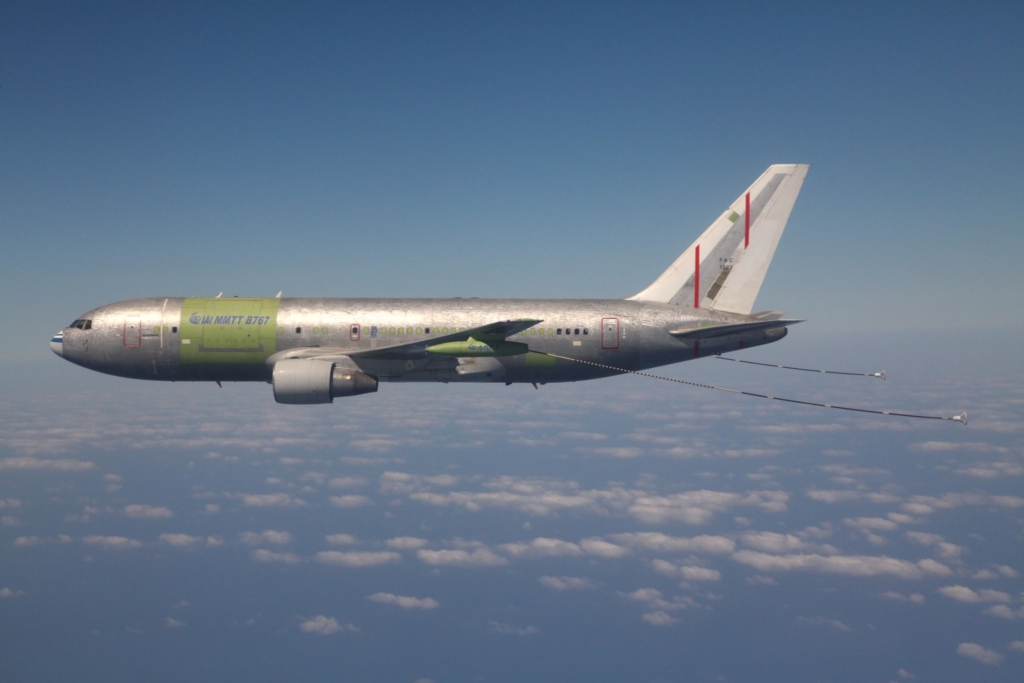
Boeing has 64 KC-46 examples remaining on order (10 delivered so far in 2025), with 60 for the US Air Force and four for Israel. With delays to other US tanker programs, it is likely Boeing will receive more orders for the tanker. Additionally, India appears set to order six 767-based tankers.
End of the Boeing 777F
The final passenger 777-300ER was likely delivered in 2024, but production and delivery of the Triple Seven continue with the 777F freighter (based on the 777-200LR). Like the 767, this second-generation 777 is falling victim to the new ICAO regulations coming into force.
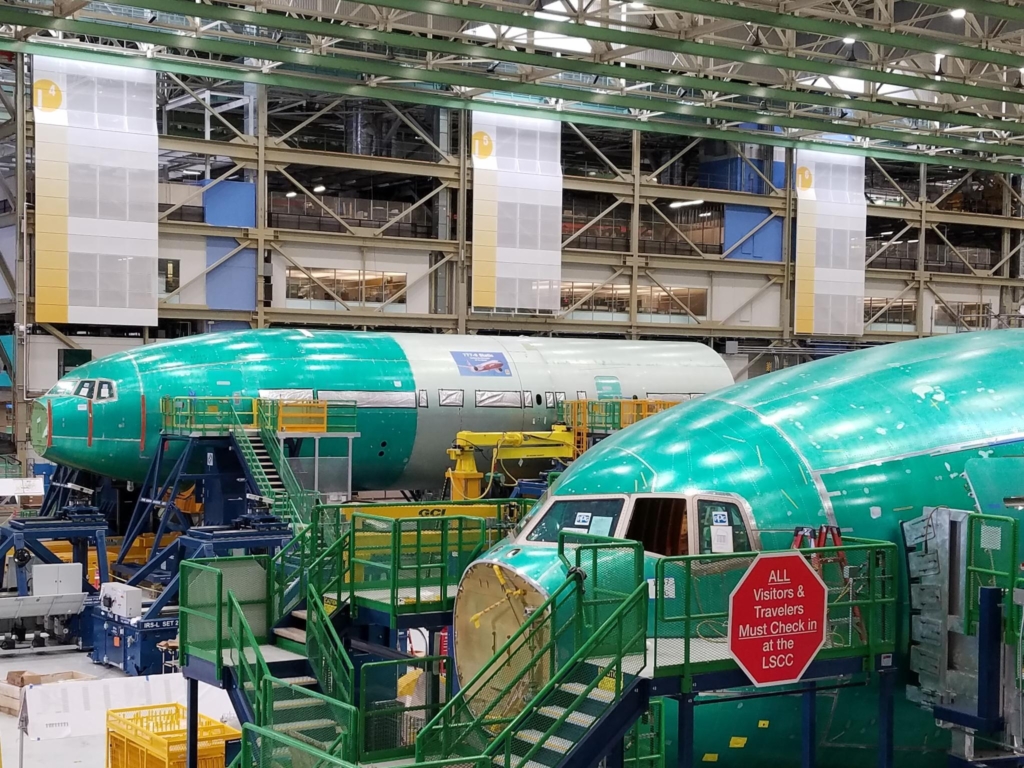
Again, Boeing has continued to receive orders for the ageing freighter up to the end, with 10 new orders coming in during 2024. Once again, these are likely to be the final orders.
So far in 2025, Boeing has delivered 29 Boeing 777Fs, leaving 56 on the books to be delivered by the end of 2027.
Unlike the 767, Boeing is upgrading the 777 to the third-generation Boeing 777X. The 777X offers significant improvements in fuel efficiency, emissions, and noise reduction.
Korean Air Cargo Boeing 777F sporting the airline’s new updated livery takes off from LAX on October 31st, 2025! Captured live on Airline Videos Live broadcast from Los Angeles.
— AIRLINE VIDEOS (@airlinevideos) November 1, 2025
Watch all the action on YouTube ➡️ https://t.co/P2Y6jHsZnR pic.twitter.com/4P0QO9A0Y6
The 777X comes with new wings with novel folding wingtips, increased usage of lightweight composites, improved GE9X engines, and other innovations. It is designed to compete with Airbus’s efficient clean-sheet A350 family while also being compliant with new regulations.
The 777X has two variants, the more popular stretched passenger-only 777-9, and the less-popular and shorter 777-8. The freighter is to be based on the 777-8 and is designated the 777-8F.
The 777-8F will replace the older 777F and directly compete with Airbus’ upcoming A350F. So far, the 777X has secured around 59, about half of which are from Qatar Airways. The A350F now appears to have over 70 firm orders.
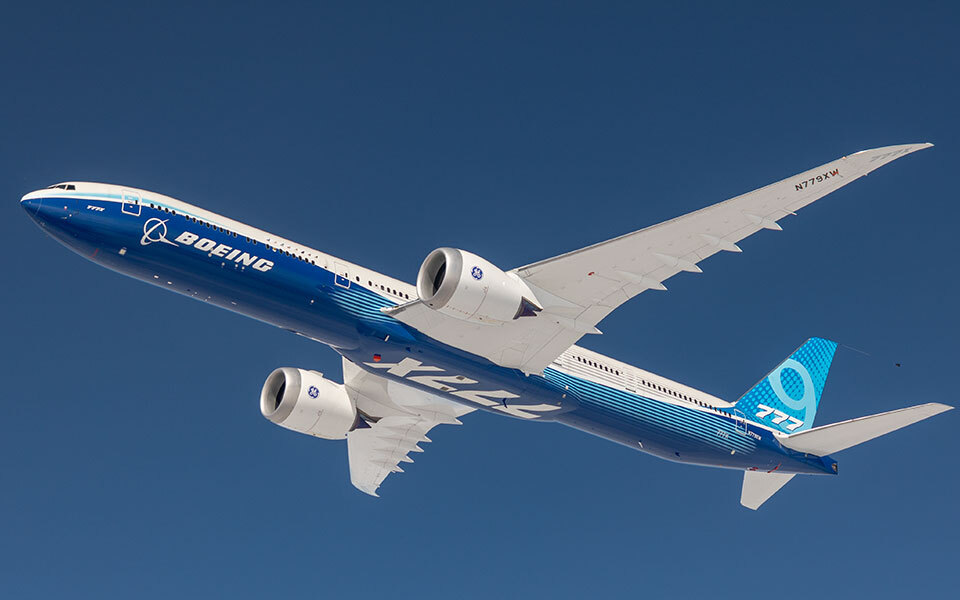
There could be a complete hiatus in 777 deliveries. As the 2027 deadline looms, the 777X has been delayed time and again. The 777-300ER passenger variant is out of production, and the 777X (specifically the 777-9) has now been delayed to 2027. Any further delay could result in a lull in 777 deliveries.
The 777-8F has been delayed to 2028, meaning there will now be a hiatus in Boeing’s widebody freighter deliveries.
Other notable Boeing aircraft
Boeing’s once-popular 737 Next Generation passenger aircraft have long wound up as production switched to the 737 MAX. However, the Boeing 737-800ER NG remains in production as the P-8 Poseidon maritime patrol aircraft. Production is winding down, but Boeing still has eight left on its books, and it’s unclear when the last will be delivered. Four have been delivered in 2025; this could be another aircraft ending in 2027.
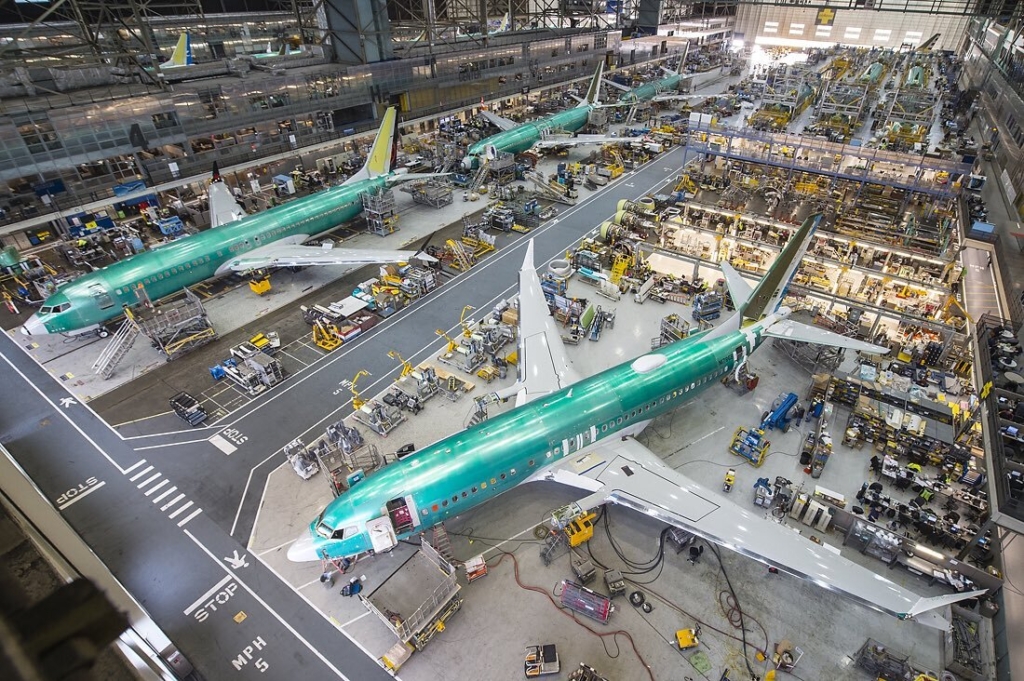
The Boeing 737-700ER is also the basis of the E-7 Wedgetail radar aeroplane. It is unclear when production of this aircraft will wind down, and much hinges on the ongoing debate in Washington about whether to cancel the US Air Force’s order for the aircraft.
Airliner programmes tend to wind down and go out with more of a whimper than a dramatic shuttering of the production line.
The final passenger 747-8i variant was delivered to Korean Air in 2017, but comparatively low-rate 747-8F cargo variants continued until early 2023, when the final example was handed over to Atlas Air.
ICYMI: Tuesday we rolled out our final 747 from our widebody factory in Everett in advance of its delivery to Atlas Air in early 2023.
— Boeing Airplanes (@BoeingAirplanes) December 8, 2022
This marks the close of a historic 54-year production run for the #QueenOfTheSkies pic.twitter.com/6BgaVpryWr
Production of the passenger Boeing 777-300ER seemingly concluded in 2024, although five doubtful orders remain on Boeing’s order book for Pakistan International Airlines.
With three aircraft set to go out of production in 2027, that year appears set to be a year of production line terminations at Boeing as the plane maker moves on to new projects.

